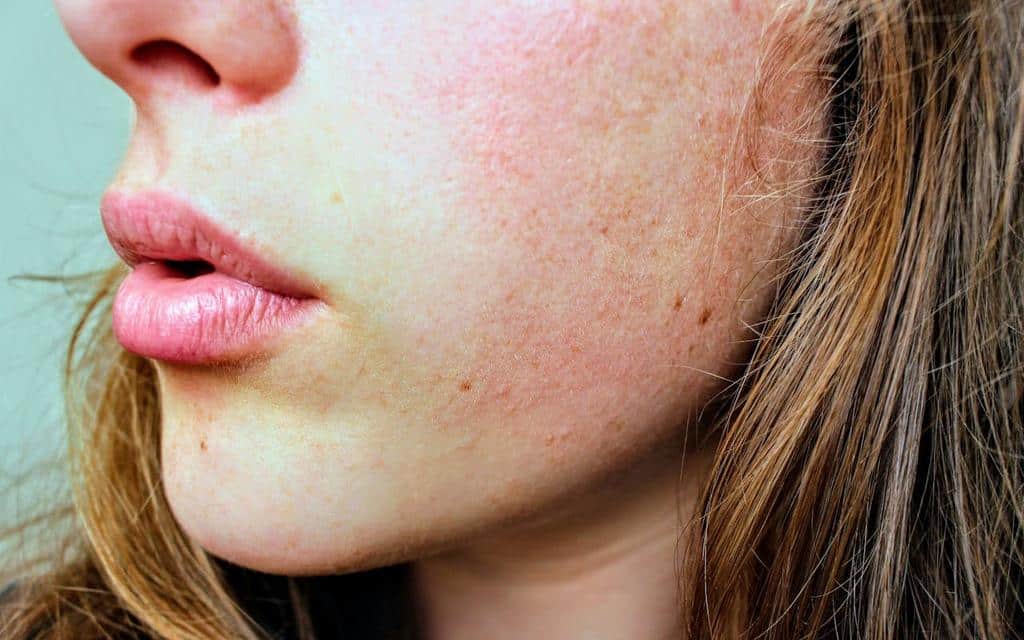Edema, or fluid retention, is often associated with swelling in the legs and feet, resulting in discomfort and an overall feeling of heavyness. This common issue can arise from various causes, including poor circulation, prolonged standing or sitting, pregnancy, certain medical conditions, or dietary choices. Medical intervention can treat edema, but natural approaches often provide relief by reducing swelling and enhancing overall comfort. Understanding and implementing home remedies to treat edema in legs and feet can be empowering and beneficial, particularly for those looking to manage this condition at home.
Incorporating simple lifestyle modifications and natural treatments can effectively alleviate the symptoms of edema and enhance overall quality of life. It is crucial to remain vigilant regarding the body’s signals and to seek professional medical advice if swelling persists or worsens. Implementing appropriate strategies for managing edema at home allows for a more comfortable and active lifestyle, fostering well-being and improved mobility.
Why Does Edema Occur?
Oedema is a condition whereby fluid accumulates in the body tissues and gravitates to the lower limbs after some time. Veins in the legs and feet become painful and swollen when constricted and pressed for a long time. People who stay on their feet for extended periods may experience this swelling due to inadequate blood pumping to the heart. In other cases, edema may indicate other illnesses, such as kidney ailment, heart complications, or a dysfunctioning lymphatic system. In any case, the relief of edema is crucial for enhancing circulation, alleviating discomfort, and preserving as high a standard of living as possible.

Natural Methods to Soothe Edema in Legs and Feet
Applying natural ways to treat edema can lead to positive changes in the patient’s condition, provided that they adhere to the treatments. From changes in diet to mild movements, all these try to reduce inflammation, improve blood circulation, and promote the release of trapped fluids in the body.
Elevation and Movement
One of the most effective methods of treating edema is to use leg-lifting techniques at the level of the heart. During leg elevation, gravity helps the body’s circulation system pump the fluids back to the heart, thus minimizing the stagnant fluid in the feet and ankles. People may lie on their backs with their legs extended on a pillow or against the wall for 15–20 minutes a day. This position also aids in reducing inflammation and provides a break from daily activities.
Dietary Adjustments and Hydration
Diet plays a central role in edema, especially when it comes to regulating fluids in the body. Salt restriction is essential because it makes the body retain water, which leads to an increase in fluid volume. People with edema should avoid processed foods, canned foods, and salty snacks as they cause inflammation and retain fluids. Raw vegetables, fruits, whole grain foods, and lean meats allow the body to get nutrients without adding too much salt.
Compression and Massage
Another method of preventing edema of the lower extremities and feet is using compression garments, including socks or stockings. These garments compress the lower limbs, and as a result, the blood vessels in the limbs help move fluids back to the central part of the body. Compression therapy proves most beneficial for individuals who spend extended periods either standing or sitting. The pressure from body weight causes fluid accumulation in the feet and ankles due to gravitational forces. Therefore, it is essential to consult a medical professional to determine the appropriate compression level and garment size, as improper use may exacerbate the condition.

Managing Edema Through a Holistic Approach
Regular intake of natural products can mitigate the situation and prevent the reoccurrence of edema. By implementing these practices on a regular basis, individuals can improve their circulation, reduce swelling, and prevent fluid accumulation without the need for medication. However, it is important to use these methods patiently, as natural treatments typically take time to yield results. When practiced with other healthy practices, the former may provide long-term solutions to the problems that reduce comfort and quality of life.
When to Seek Medical Advice
Generally, one can treat many types of edema naturally, but certain signs require medical intervention. For example, symptoms such as recent unexplained pain or swelling, shortness of breath, chest pain, or rapid weight gain are signs of a more severe illness. When edema fails to respond to changes in lifestyle, it may also point to other conditions that a doctor should diagnose.

Mastering Edema Relief: Top Natural Remedies for Effective Swelling Management in Legs and Feet
Swelling can be as mild as a simple nuisance and as severe as chronic pain. Many people get a lot of relief from swelling in the legs and feet with natural remedies like elevation, dietary changes, compression, and massage. In this way, with the help of the recommended actions, patients with edema can find a way to control the situation and feel comfortable again. It is also important to listen to your body and consult a doctor if your condition does not improve, as this approach is relatively healthy. When treating edema naturally, the goal is not only to alleviate symptoms but to foster a healthier body and, thereby, feel better and stronger.




